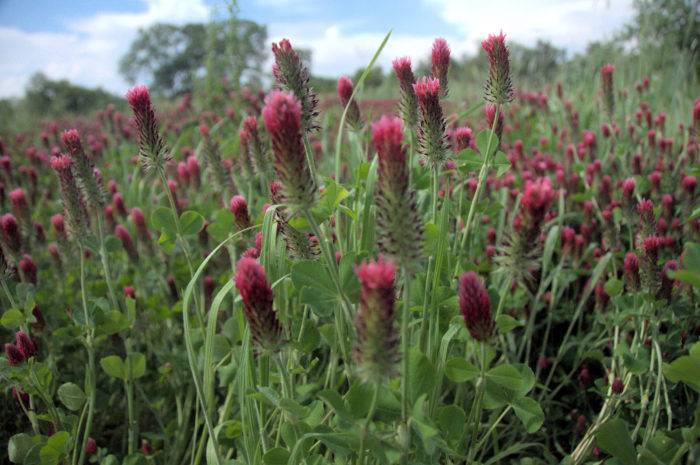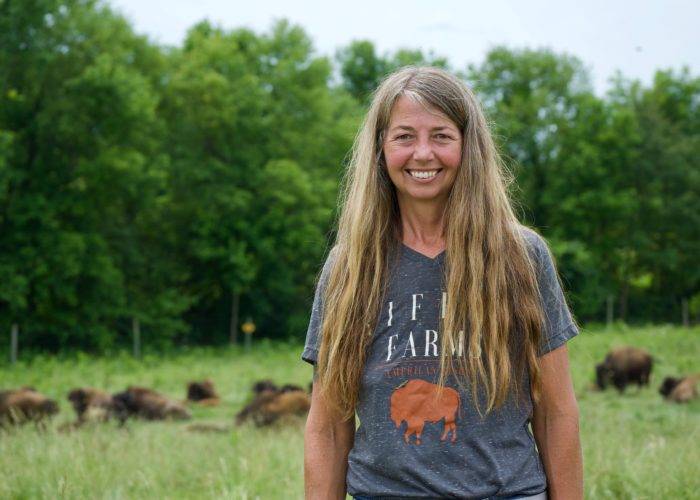Data centers are building their own gas power plants in Texas

Abigail Lindsey worries the days of peace and quiet might be nearing an end at the rural, wooded property where she lives with her son. On the old ranch across the street, developers want to build an expansive complex of supercomputers for artificial intelligence, plus a large, private power plant to run it.
The plant would be big enough to power a major city, with 1,200 megawatts of planned generation capacity fueled by West Texas shale gas. It will only supply the new data center, and possibly other large data centers recently proposed down the road.
“It just sucks,” Lindsey said, sitting on her deck in the shade of tall oak trees outside the city of New Braunfels. “They’ve come in and will completely destroy our way of life: dark skies, quiet and peaceful.”
The project is one of many …


